Laboratory for Ocean and Atmospheric Research
| Location | E11-3103 |
| Academic Staff in charge | Prof. Yongjie LI, Prof. Jie XU |
Introduction
The Laboratory for Ocean and Atmospheric Research of CRO is intended to support atmospheric pollution research on the western coastal region of the Greater Bay Area (GBA). The monitoring site was constructed in year 2023 on the rooftop of the third floor of the faculty building (~15 m above the ground level).
Facilities
It has been equipped with various gas and aerosol sampling systems to continuously monitor the ambient air for real-time analysis.


Ambient environment of the monitoring site

Gas sampling probe (left) and aerosol sampling probe (right) on the rooftop
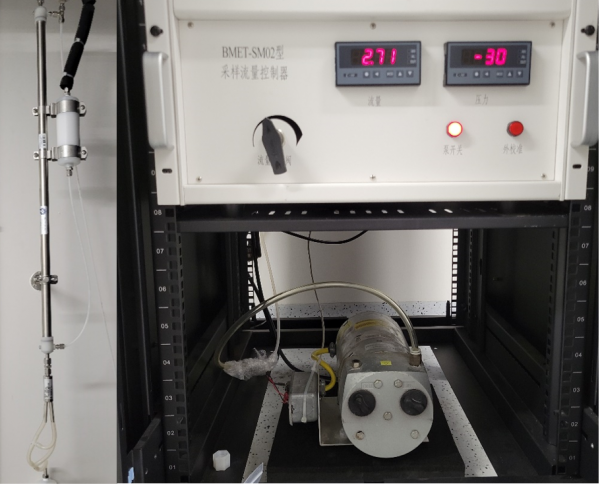
TSI sampling system for atmospheric particles – sampling tube with Nafion dryer and flow splitter (left) and sampling pumps (right)
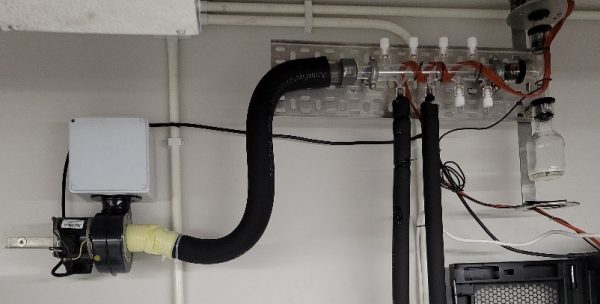
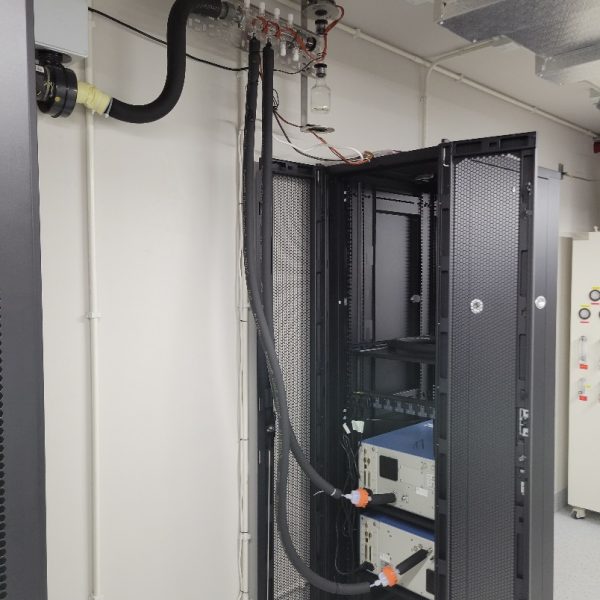
ACE glass sampling system of gaseous pollutants – sample blower and glass manifold (top); connection to gas analyzers (bottom)
The monitoring site is also equipped with facilities used to store and distribute the gases required for calibration and instrument operation. A scrubber is also installed for removing the exhaust gas after calibration.
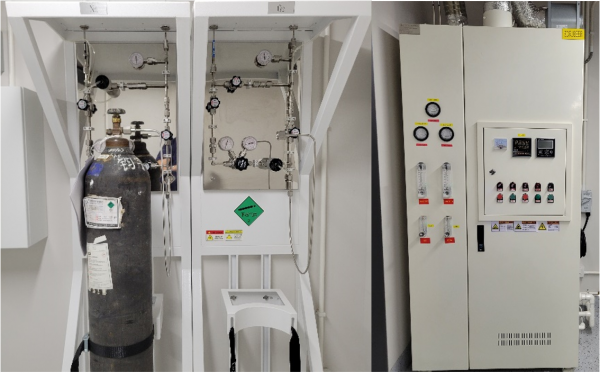
Gas cylinder storage and distribution facilities (left) and scrubber (right)
Currently, the monitoring site is still within the development stage. In 2024, the laboratory will be completely equipped with monitoring equipment of particulate and gaseous pollutants including a beta-attenuation (PM2.5) monitor, a chemiluminescence (NOx) analyzer, a pulsed fluorescence (SO2) analyzer, a gas filter correlation (CO) analyzer, a UV photometric (O3) analyzer, and a scanning mobility particle sizer (SMPS) for measuring the concentrations of PM2.5, NOx, SO2, CO, O3 and the aerosol size distribution. Meanwhile, the laboratory will be also equipped with the multi-gas calibrator and the zero-air generator to support instrument calibration.

Indoor environment of the monitoring site – MetOne BAM1020 PM2.5 monitor (left); Thermo Scientific 49i O3 and 48i CO analyzers (middle); Thermo Scientific 146i multi-gas calibrator and Environics 7000 zero-air generator (right)
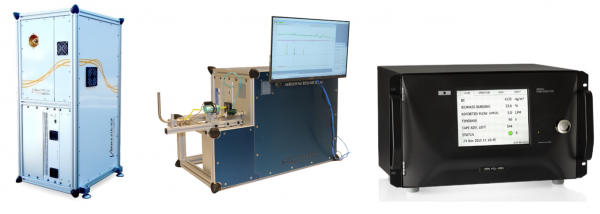
Tofwerk VOCUS PTR-TOF-MS (left); Aerodyne ToF-ACSM X (middle); Magee Scientific AE-36 (right)
The site is equipped with a Tofwerk VOCUS proton-transfer-reaction time-of-flight mass spectrometer (PTR-TOF-MS) and an Aerodyne time-of-flight aerosol chemical speciation monitor (ToF-ACSM X) for real-time measurements of the complex composition in volatile organic compounds (VOCs) and particulate matter (PM). A Magee Scientific black carbon analyzer will be also installed at the site for studying the characteristics of black carbon, which is among the most important climate relevant species components in atmospheric aerosol particles. Overall, the monitoring data gathered from these instruments can aid in the study of the complex mechanisms forming the air pollution episodes of Macau and neighboring cites of the GBA.
